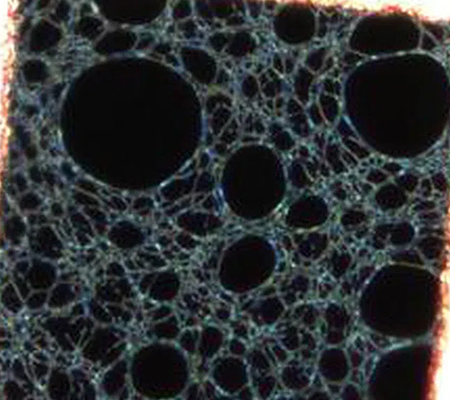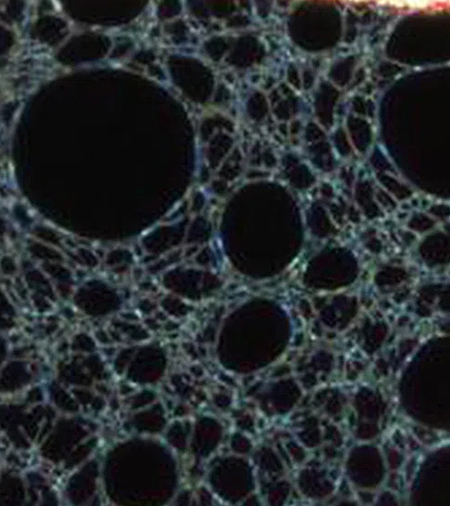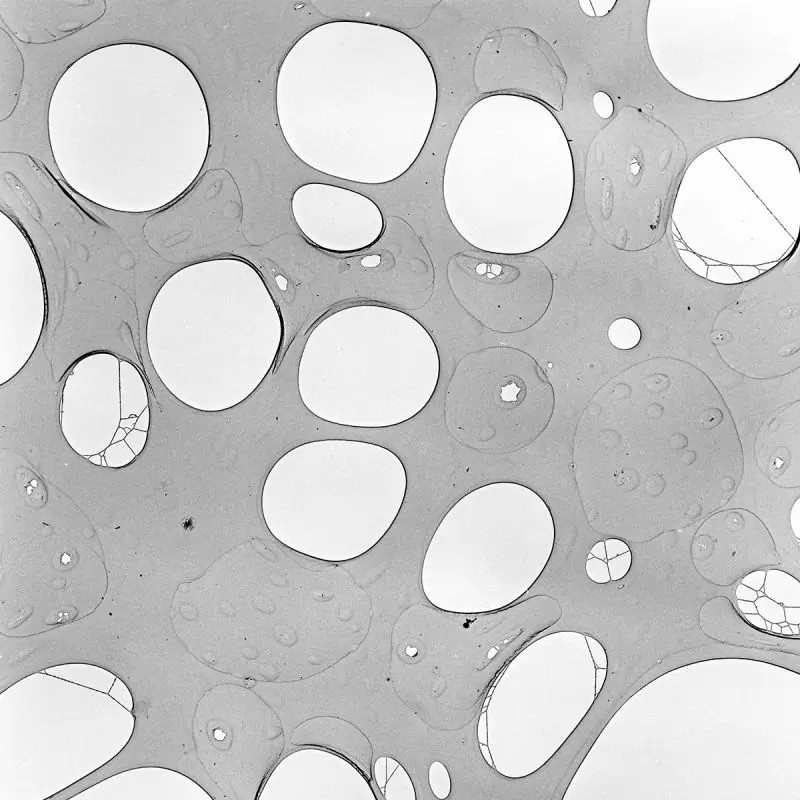-
Our products
-
View all products
-
HexAuFoil QUANTIFOIL® Holey Carbon Supports for Cryo-EM UltrAuFoil® Holey Gold Sample Supports Additional Ultrathin Continuous Carbon Layer Conventional & Continuous Carbon Films SiO2 Films Custom Cryo-EM Sample Supports and Special Treatments QUANTIFOIL® Active How our supports are packed for shipment
-
-
View all products
- Our company
- News and social updates
- Support
Conventional and Continuous Carbon-Coated Grids

We offer a variety of conventional support films including:
- Continuous carbon
- Formvar®/Carbon
- Formvar®
- Lacey carbon
- Classic holey carbon
Both classic holey and lacey carbon have randomly arranged holes of different sizes and spacings, with holey carbon films having more carbon and smaller holes compared to lacey carbon films.
Carbon-coated grid types
The table below provides an overview of the available carbon-coated grid types.
*Scroll left and right to view more information
Type
Description
Image
Continuous Carbon
The thickness of our pure carbon films depends on the mesh size and ranges between 10 and 20 nm. The carbon coat is perfectly flat, to allow even ice layer formation.
Formvar®/Carbon
Formvar®/Carbon films are Formvar® coated grids covered with a thin layer of carbon (the standard carbon thickness is 2-4 nm, but please contact us if you would like a thicker layer). Formvar®/Carbon films are more stable in the electron beam than pure Formvar® films due to improved electrical and heat conduction.
Formvar®
The simplest support film that can be applied to a transmission electron microscopy grid is a Formvar® coating. However, it offers the flexibility to adapt the support film to specific requirements.
Lacey Carbon
Lacey carbon films offer a lacey mesh structure with a high percentage of open area. The hole sizes vary significantly, and the bars are extremely thin. The random arrangement and sizes of the holes mean these grids are not well-suited to automated data collection.

Classic Holey Carbon
Classic holey carbon films have holes of various sizes and shapes, but with a lower percentage of open area than a lacey carbon film. Due to the random arrangement and size of the holes holey carbon films are not well suited to modern methods of electron microscopy such as automated data collection.

